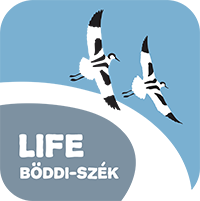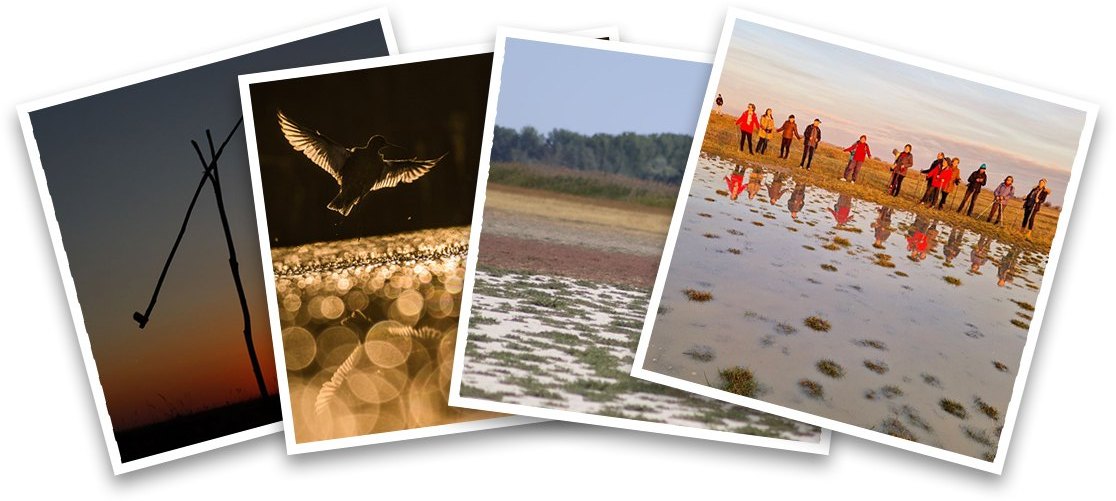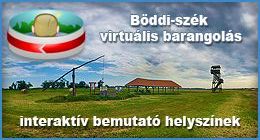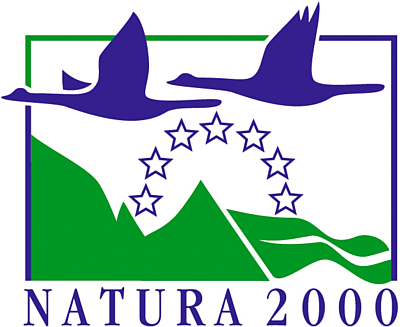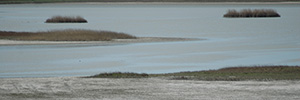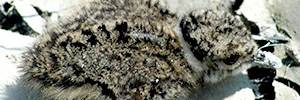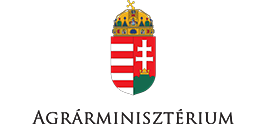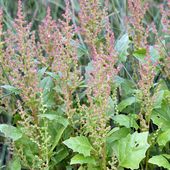SÓBALLA TANÖSVÉNY
A Sóballa tanösvény a világviszonylatban egyedülálló pannon szikesek legfőbb elemét, a klasszikus fehér vizű szikes tavi vízi élőhely együttest és a környező szikes élőhelyeket, a jellemző növény és állatfajokat mutatja be élményszerűen közeli módon, a Böddi-szék peremén.
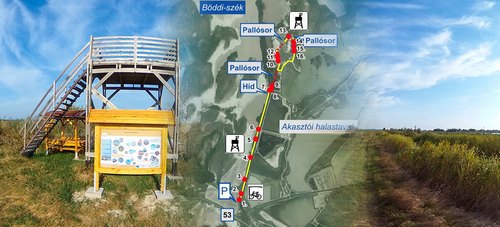
VIRTUAL WANDERING
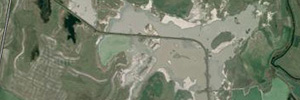
GALLERY
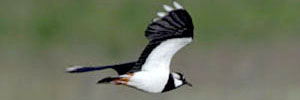
PLANTS
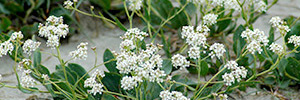
Latest News
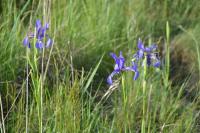
In the frame of Action C1 the elimination of harmful canals are planned in order to restore the natural water balance of the sodic pan. Along the canals significant stands of Iris spuria were detected in the frame of the botanical surveys. Approximately 160 individuals were transplanted to safe places, strengthening sporadic occurrences of the protected species.
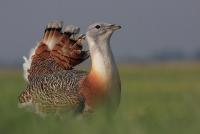
Great Bustard was observed from the north side of the project area. Data of Great Bustard from the north side of the project area is sporadic. On the south part of the project site this steppe bird species is rare, but can be observed regulary. Importance of the habitat structure development in the frame of the project, like the exact delineations of the grassland-ploughland borders is essential regarding the conservation of the small Great Bustard population of the Böddi-szék.
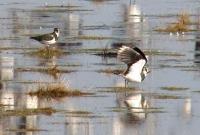
Due to the grazing of the Hungarian speckled cattle, the opening of the dense and closed swamp vegetation has already been started, which is well indicated by the habitat selection of the birds staying on the area at the end of the winter. The open water surface has increased as well, and this newly created open habitat offered excellent resting habitat for large flocks of Greylag goose or White-fronted goose in this period. The edge of the grazed swamp vegetation was occupied by Northern Lapwing individuals, where they can find later good and undisturbed place for nesting as well.
Common Shelduck can be observed even more frequently on the sodic wetland area as well.
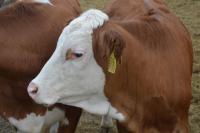
Hungarian speckled cattle of 150 individuals arrived to the project area, where the grassland area of the Kiskunság National Park will be grazed by the herd. They overnight on the Böddi-állás fold system, and due to their grazing, important conservational management of the surrounding sodic wetland and steppe vegetation could be implemented. As a result of the grazing we expect the withdrawing of the reed from the unmanaged marginal grassland parts of the sodic pan as well, which is important for the special flora and fauna of the 1530 Natura 2000 habitat type of community importance.

In this year Black-winged Stilts, birds of the year have been arrived in the first days of April to the project area. In Hungary usually few hundred of them can be counted altogether, and on the Böddi-szék almost hundred of them stays in case the water level is favourable. The species is one of the indicator bird species of the project, since wetland habitat reconstruction offer excellent opportunity for this bird as resting or even nesting habitat as well.

The grassland areas of upper relief among the sodic wetland area were highly infected by the non-indigenous and invasive species Russian olive. An important topic is in the project to eliminate these invasive stands. Preparation of this action started in year 2014 with the chemical pre-treatment of the trees. On the southern part of the project area the tree cutting could be realized in October and November, 2018.
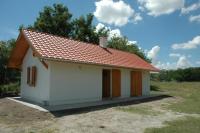
Infrastructural background of livestock keeping is developed recently on the project area. A new building was raised inside the wooden folds in order to serve cattle grazing. On the eastern part of the project area a farm was purchased in 08/10/2018 in order to support grazing on the eastern part of the area as well.
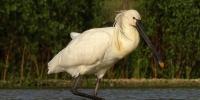
A young Spoonbill with bird ring was recorded in mid-July on the Böddi-szék project area. The bird was ringed in May in Apaj with coloured ring, therefor its identification is possible from 300-400 meter distances as well. The sodic wetlands are usually dried-out in mid-Summer, but in this year favourable water conditions can be found for birds which are feeding from aquatic invertebrates as well.
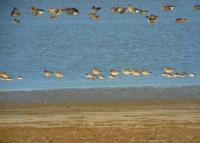
In the past three month a lot of species have been appeared on the Böddi-szék because of the favourable water conditions. Avocet (Recurvirostra avosetta), Northern Lapwing (Vanellus vanellus), Spotted Redshank (Tringa erythropus), Ruff (Philomachus pugnax), Wood Sandpiper (Tringa glareola), Dunlin (Calidris alpina) and Curlew Sandpiper (Calidris ferruginea) occurred in highest number. Sporadic and rare birds could have been observed as well.
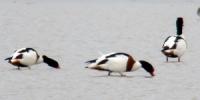
Record number of Shelduck have appeared this year in early spring on the Böddi-szék. In the frame of the ornithological monitoring of the project we recorded eighty individuals. Currently, the lake bed is almost filled by water, which creates ideal conditions for waterbirds. Several hundred flocks of ducks and geese are resting on the place, which is a very spectacular natural event.
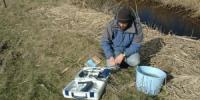
The canal V. which intersect Böddi-szék sodic lake is a long canal. The upper section of it collects water from sodic wetlands area of Dunavecse. We made a series of analysis with field equipment along the canal to gain information about the salt content of the water in the canal in the upper section and wanted also to know whether the salt content changes until the canal reaches our project site.
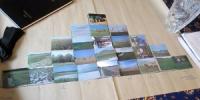
In order to assess nature values and land use types of the farmers and stakeholders, the socio-economic research group introduced Q Methodology which a research method used in social sciences to study people's "subjectivity"—that is, their viewpoint.
Informants were asked to organize photos about management, landscape, nature values at sodic lakes according their attitude to the topic of the photo. On the left side of the raster the un-liked, while on the right side of the raster the most liked photos were positioned.
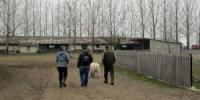
Semi-structured interviewes were made with farmers and stakeholders on field in order to gather an overall view about the effects of different land use types and methods to the socio-economic development of sodic wetlands, to collect management-models and to give possible guidance to local farmers, land use managers, decision makers in order to facilitate a harmonized land use management both economically an ecologically at the sodic lake area of the Kiskunság.
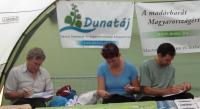
Questionnaires about ecotourism were filled in in great amount to gain information about the tourists’ requirements of eco-touristic development at sodic lakes of Kiskunság, but first of all at the project site.
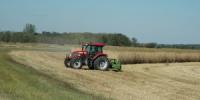
Mowing and shredding are important methods to be used in early autumn in the larger reedbed mixed with alkali bulrush on the project site. Because of the lack of precipitation in September, the dry soil surface allowed the approach of the marshy areas by the tractor. This activity is managed by the project partner Dunatáj Public Foundation, and is effectively fulfilled by the tractor purchased from Life sources.
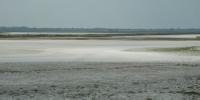
This year, as a natural prosess and essential event in the hydrology of a sodic pan, the lakebed of the Böddi-szék has dried out during the long warm and dry period of the late summer. The regular drying out is the basis of the salt accumulation process which is crucial element in the soil conditions of the sodic pan. On the surface with high salt content grows one of the most important, characteristic plant species of the Pannonian halophyte flora: Suaeda pannonica. This pannon endemic species is abundant at Böddi-szék.
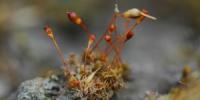
A salt-tolerant moss species was found at Böddi-szék. Enthostodon hungaricus is a rare and protected Moss species, it represents charachter species of the halophyte vegetation.
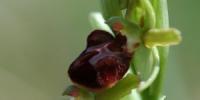
Early Spider-orchid (Ophrys sphegodes) was found at Böddi-szék. The occurrence of this strictly protected species means floristically new data on the project area. The orchid was found during habitat mapping in loess steppic vegetation. Its presence indicates the high naturalness of the vegetation.
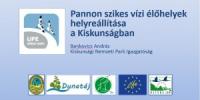
The seminar was organised by Nimfea Nature Protection Association, in Túrkeve, Hungary. The aim of the seminar was to have an overview on the practical experiences and results of the Hungarian Life-Nature projects and other species conservational plans. Our project was presented by András Bankovics, project manager.
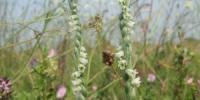
Őszi füzértekercset (Spiranthes spiralis) találtak a Böddi-széken. Legkésőbb virító orchideánk zöldesfehér, vaníliaillatú virágai késő-nyári, kora őszi időszakban nyílnak. A Böddi-széken két helyen is több száz tőből álló állomány virágzik szikpadkák gyepében.
Archives – according to year and month
• | 1. pc of news »
• | 1. pc of news »
• | 1. pc of news »
• | 1. pc of news »
• | 1. pc of news »
• | 1. pc of news »
• | 1. pc of news »
• | 1. pc of news »
• | 1. pc of news »
• | 0. pc of news »
• | 1. pc of news »
• | 1. pc of news »
• | 1. pc of news »
• | 1. pc of news »
• | 2. pc of news »
• | 1. pc of news »
• | 1. pc of news »
• | 1. pc of news »
• | 1. pc of news »
• | 1. pc of news »
• | 1. pc of news »
• | 1. pc of news »
• | 1. pc of news »
• | 1. pc of news »
• | 1. pc of news »
• | 1. pc of news »
• | 1. pc of news »
• | 1. pc of news »
• | 0. pc of news »
• | 1. pc of news »
• | 1. pc of news »
• | 1. pc of news »
• | 1. pc of news »
• | 2. pc of news »
• | 1. pc of news »
• | 1. pc of news »
• | 1. pc of news »
• | 1. pc of news »
• | 1. pc of news »






